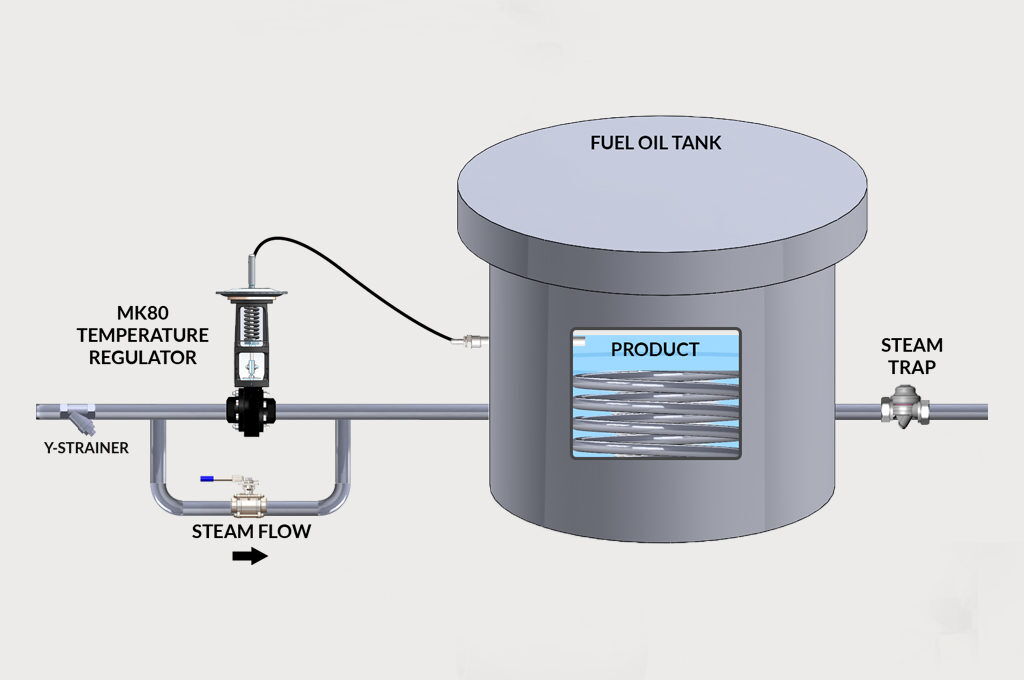
There are several types of temperature control valves, each suited to different applications:
-
Direct-Acting Valves: These valves operate without external power sources, relying solely on the thermal expansion and contraction of materials to regulate flow based on temperature changes.
-
Self-Operated Valves: Equipped with internal mechanisms such as springs or diaphragms, these valves adjust flow in response to changes in pressure or temperature of the process fluid. They are ideal for applications requiring consistent temperature control.
-
Electric Valves: Controlled by electrical signals, these valves offer precise and rapid adjustments in flow rate and temperature. They are suitable for applications where accurate and immediate response to temperature changes is critical.
-
Pneumatic Valves: These valves use compressed air to operate, providing a balance between cost-effectiveness and performance. They are commonly used in applications where precise temperature control is not essential.
When selecting a temperature control valve for your application, consider the following factors:
-
Temperature Range: Ensure the valve can handle the minimum and maximum temperatures required by your process.
-
Pressure Range: Confirm that the valve's pressure ratings align with the operating pressures of your system to ensure reliable performance.
-
Flow Rate: Select a valve with an appropriate Cv value that matches the flow requirements of your process. The Cv value indicates the flow capacity of the valve.
-
Media Compatibility: Choose valve materials that are compatible with the type of fluid or gas being controlled to prevent corrosion or degradation.
Proper sizing and selection of the valve are crucial for optimal performance:
-
Cv Value: Calculate the Cv value based on your application's flow requirements. This helps in selecting a valve that can achieve the desired flow rate at specified pressure drops.
-
Valve Material: Select materials that can withstand the temperature and chemical properties of the process fluid to ensure longevity and reliability.
-
Connection Type: Consider the type of connections (flanged, threaded, welded) that are compatible with your existing piping system to facilitate installation and ensure leak-free operation.
Ease of installation and maintenance are important considerations:
-
Installation: Choose valves that are easy to integrate into your existing system without significant modifications or downtime.
-
Maintenance: Opt for valves that require minimal maintenance to reduce operational costs and downtime. Regular inspections and servicing can extend the lifespan of the valve and ensure consistent performance.
If you're unsure about which type of temperature control valve is best for your application, consult with experts in valve technology and engineering. They can provide valuable insights, recommend suitable products, and assist in optimizing valve selection based on your specific requirements.
Selecting the right temperature control valve involves understanding the operational needs of your application, considering factors like temperature range, pressure ratings, flow requirements, and maintenance considerations. By carefully evaluating these factors and consulting with experts when needed, you can choose a valve that meets your performance criteria and ensures efficient temperature regulation in your industrial processes.
